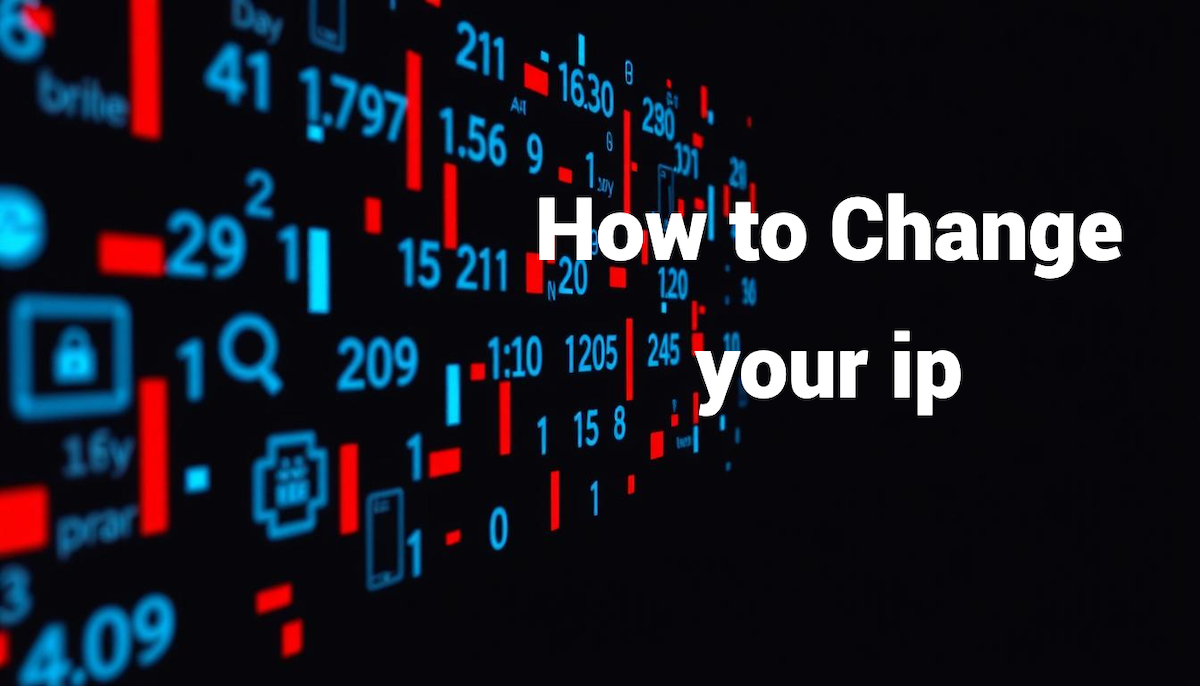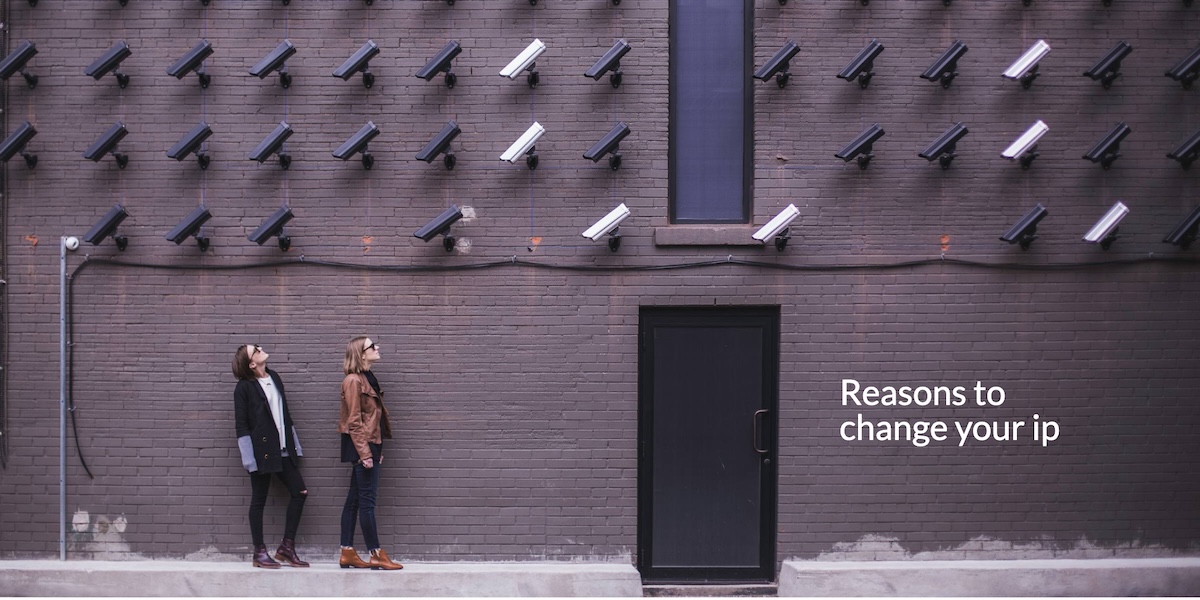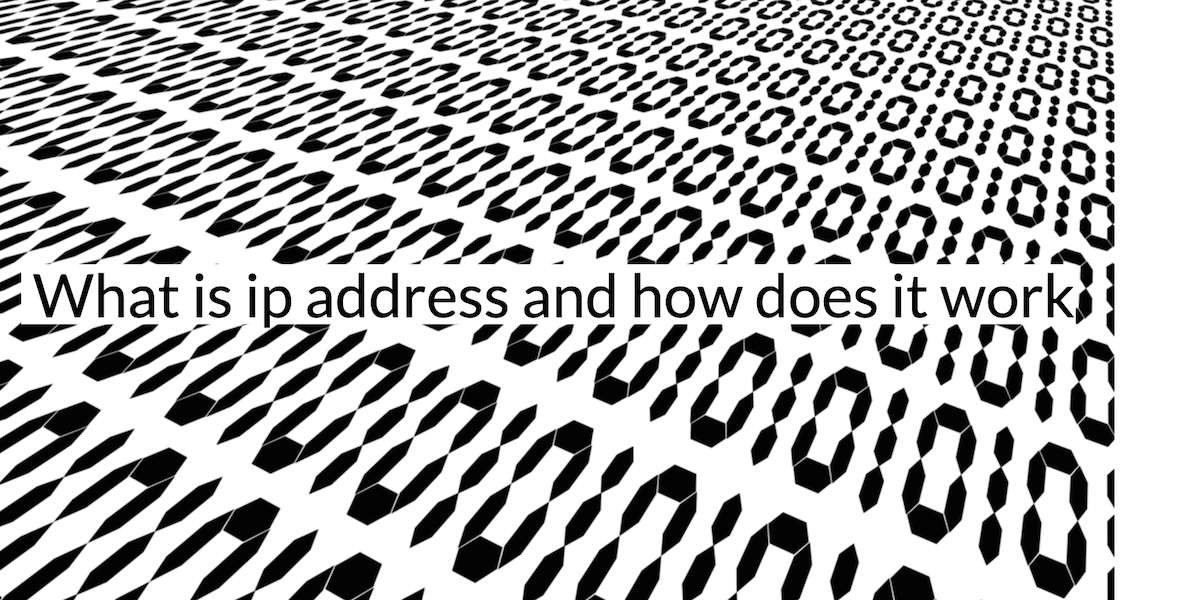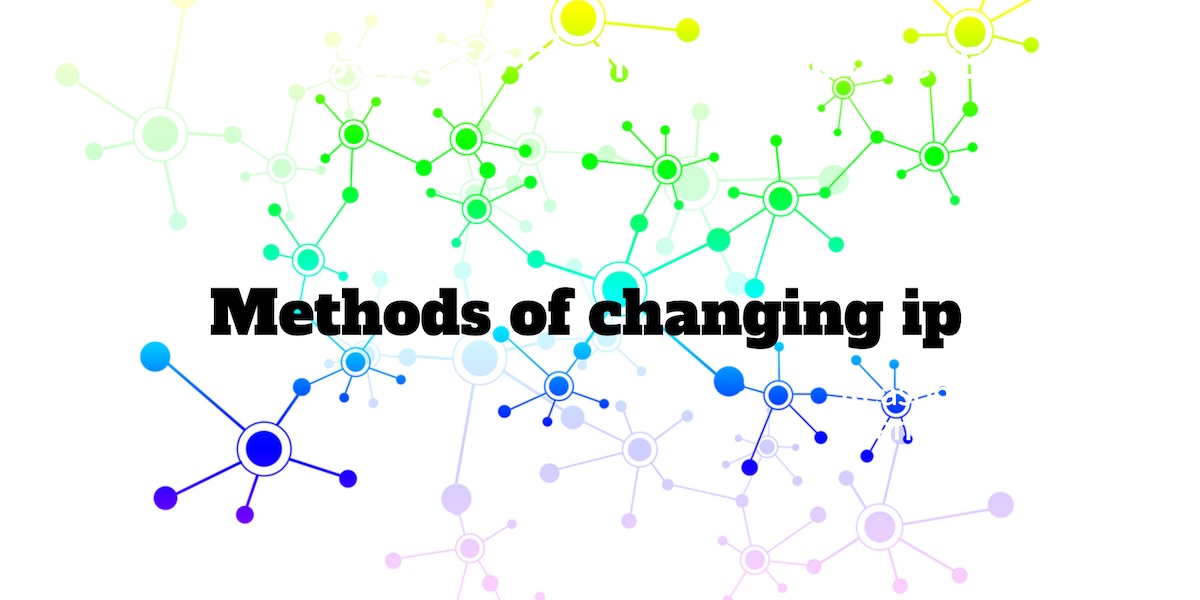How to change your ip

An Internet Protocol (IP) address is a unique numerical identifier assigned to each device connected to a network, enabling communication between devices over the Internet. Changing your IP address can enhance online privacy, bypass geo-restrictions, and resolve network issues. This guide will explore various methods to change your IP address, including using Virtual Private Networks (VPNs), manually configuring settings, and other techniques, to help you navigate the internet securely and freely.

Reasons to Change Your IP Address
Changing your IP address can serve various purposes, enhancing your online experience and security. Here are some common reasons to consider altering your IP address:
Enhancing Online Privacy and Anonymity
Your IP address can reveal information about your location and internet service provider, potentially compromising your privacy. Changing your IP address helps conceal this information, making it more challenging for third parties to track your online activities.Accessing Geo-Restricted Content
Some online services and websites restrict access based on geographic location. By changing your IP address to one from a different region, you can bypass these restrictions and access content that may not be available in your current location.Avoiding Online Tracking and Surveillance
Advertisers and other entities often track users' online behavior using their IP addresses. Changing your IP address can help reduce the effectiveness of such tracking, contributing to a more private browsing experience.Bypassing Network Restrictions
In certain environments, such as workplaces or educational institutions, network administrators may impose restrictions on internet usage. Altering your IP address can help you circumvent these limitations and regain access to blocked websites or services.Troubleshooting Network Issues
Some network connectivity problems can be resolved by changing your IP address. For instance, if your current IP address is causing conflicts or has been blacklisted, obtaining a new one can restore normal connectivity.
Understanding these reasons highlights the importance of knowing how to change your IP address, enabling you to maintain privacy, access desired content, and ensure a smoother internet experience.

What is an IP Address and How Does It Work?
An IP address (Internet Protocol address) is a unique identifier assigned to each device connected to the internet or a local network. It acts like a home address for your device, allowing data to be sent and received over the internet. Every website, server, smartphone, or computer needs an IP address to communicate with other devices online.
How Does an IP Address Work?
Whenever you browse the internet, send emails, or stream videos, your device uses its IP address to exchange data with websites and online services. Here’s how the process works:
1. Assigning an IP Address
When you connect to the internet, your Internet Service Provider (ISP) assigns your device a unique IP address. This can be either a static (permanent) or dynamic (temporary) address.
2. Data Transmission Using IP Addresses
Whenever you visit a website (e.g., google.com), your device sends a request to that website’s server using its IP address. The server processes the request and sends data (such as images, text, or videos) back to your IP address, allowing the website to load on your screen.
3. IP Address and Domain Names (DNS)
Since IP addresses are long numerical strings, remembering them for every website would be difficult. That’s where the Domain Name System (DNS) comes in. DNS translates human-friendly domain names (like www.youtube.com) into their corresponding IP addresses so that devices can communicate effectively.
Types of IP Addresses
1. IPv4 vs. IPv6
There are two main types of IP addresses:
IPv4 (Internet Protocol version 4): The most commonly used format, consisting of four sets of numbers (e.g., 192.168.1.1). However, IPv4 has a limited number of unique addresses, which led to the development of IPv6.
IPv6 (Internet Protocol version 6): A newer format designed to provide an almost unlimited number of unique addresses, using longer alphanumeric strings (e.g., 2001:db8::ff00:42:8329).
2. Public vs. Private IP Addresses
Public IP Address: Assigned by your ISP, this address is visible to the internet and used for online communication.
Private IP Address: Used within local networks (like home Wi-Fi) to connect devices such as computers, printers, and smartphones.
3. Static vs. Dynamic IP Addresses
Static IP: A fixed, unchanging IP address often used for web hosting or business networks.
Dynamic IP: A temporary address that changes periodically, commonly used by ISPs to manage available addresses efficiently.
Why Are IP Addresses Important?
Enable Internet Communication: Without IP addresses, devices wouldn’t be able to send and receive data online.
Help Identify Devices: Websites and servers use IP addresses to distinguish between different users.
Allow Geolocation: Your IP address can reveal your approximate location, which is why some websites display content based on your region.
Security & Privacy Considerations: Hackers and websites can track users through their IP addresses. This is why tools like VPNs (Virtual Private Networks) can mask your real IP address for enhanced privacy.

Methods to Change Your IP Address
Changing your IP address can enhance privacy, access restricted content, and resolve network issues. Here are several methods to change your IP address:
Using a Virtual Private Network (VPN)
A VPN routes your internet traffic through a remote server, masking your original IP address with one from the VPN server. This method enhances privacy and allows access to geo-restricted content. Reputable VPN services like ExpressVPN, CyberGhost, and Private Internet Access offer thousands of IP addresses and robust security features to keep your online activities private.
Manually Changing Your IP Address
You can manually configure your device to use a different IP address. This process varies depending on the operating system:
Windows: Access the Control Panel, navigate to Network and Sharing Center, select your network connection, and modify the IP settings.
macOS: Go to System Preferences, select Network, choose your network connection, and adjust the IP settings.
Detailed instructions for various operating systems are available.
Restarting Your Modem or Router
Power cycling your modem or router can result in a new IP address assignment from your Internet Service Provider (ISP). This method is simple:
Turn off your modem/router.
Wait for about 10 minutes.
Turn the device back on.
Note that this method depends on your ISP's IP allocation policies.
Contacting Your ISP
If other methods are ineffective, you can request a new IP address directly from your ISP. Some ISPs may accommodate such requests, especially if you're experiencing network issues.
Using a Proxy Server
Proxy servers act as intermediaries between your device and the internet, masking your IP address. However, proxies may lack the encryption and security features of VPNs, making them less secure.
Each method has its advantages and considerations. Using a VPN is often the most secure and versatile option, providing both IP address masking and data encryption. Manual changes and restarting your modem are simple but may offer limited results. Contacting your ISP is a more direct approach but may not always be feasible. Proxy servers can change your IP address but may not provide adequate security. Choose the method that best fits your needs and technical comfort level.
Conclusion
Understanding how to change your IP address is essential for enhancing online privacy, accessing restricted content, and resolving network issues. Various methods, such as using a Virtual Private Network (VPN), manually configuring network settings, restarting your modem or router, contacting your Internet Service Provider (ISP), or utilizing proxy servers, offer different levels of effectiveness and security. Among these, VPNs stand out by not only masking your IP address but also encrypting your data, providing a comprehensive solution for maintaining privacy and accessing global content. When choosing a method, consider your specific needs and the associated security implications to ensure a safe and unrestricted online experience.
FAQs
1. Can I change my IP address for free?
Yes! You can change your IP address for free by restarting your modem/router, using a public Wi-Fi network, or manually configuring your device settings. However, for more reliable and secure options, a VPN or proxy server may be needed.
2. Is it legal to change my IP address?
Yes, changing your IP address is generally legal. However, using it to engage in illegal activities, bypass copyright restrictions, or commit fraud is against the law. Always ensure you follow legal and ethical guidelines.
3. How often does my ISP change my IP address?
Most ISPs assign dynamic IP addresses, which change periodically—this could be after a router restart or at regular intervals. However, static IP addresses remain fixed unless manually changed by the ISP.
4. What is the difference between a VPN and a proxy server for changing an IP address?
A VPN (Virtual Private Network) encrypts your entire internet connection, offering privacy and security while changing your IP. A proxy server only masks your IP for specific applications (e.g., web browsing) but does not encrypt data, making it less secure.
5. Can I use a new IP address to access region-locked content?
Yes! By changing your IP address—especially via a VPN—you can access geo-restricted websites, streaming services, and online content from different regions. However, some services actively block VPNs, so results may vary.